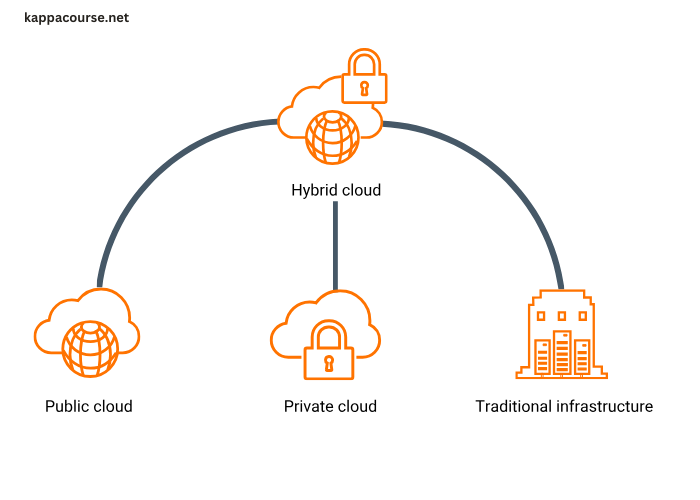Managing technological resources in a hybrid environment requires thoughtful strategies. How can organizations ensure smooth operations and maximize efficiency? The integration of multiple environments, such as on-premises and remote systems, creates challenges that demand robust management techniques.
Hybrid setups involve combining traditional systems with remote resources. This approach balances performance, scalability, and cost-effectiveness. Effective management of cloud IT infrastructure in such setups ensures seamless functionality and enhanced security while keeping operational costs under control.
Understand the Hybrid Environment
A comprehensive understanding of the hybrid model is essential. Organizations must evaluate the compatibility of their existing systems with remote resources. Knowing the limitations and strengths of both on-premises and virtual systems enables informed decisions. This evaluation ensures the infrastructure meets current needs and is scalable for future growth.
For instance, identifying which operations are best suited for on-site systems and which can benefit from remote resources helps maintain optimal performance. A clear division of responsibilities between both environments ensures efficient operations without overburdening either system.
Prioritize Security Measures
Hybrid systems face unique security challenges due to their interconnected nature.Organizations must prioritize the protection of sensitive data. A multi-layered security approach ensures that all entry points and connections are safeguarded.
- Implement encryption protocols to secure data transfers.
- Regularly update firewalls and intrusion detection systems.
- Security audits should be conducted regularly to identify and address potential risks.
Leverage Automation for Efficiency
Automation tools can significantly enhance resource management. Tasks like monitoring system performance, deploying updates, and balancing workloads can be automated to reduce manual intervention. This approach minimizes human errors and allows teams to focus on more critical tasks.
Implementing automation also improves system responsiveness. Real-time monitoring tools detect issues early, allowing swift resolution. This not only maintains smooth operations but also minimizes downtime, ensuring uninterrupted service delivery.
Adopt Robust Resource Allocation Strategies
Efficient allocation of resources is a cornerstone of hybrid management. Providing too many resources results in wasted expenses, while too few can cause performance issues. Accurate forecasting based on data analytics ensures balanced resource allocation.
For example, organizations can analyze usage patterns to predict future demands. This data-driven approach prevents the overuse of on-premises systems or remote resources, ensuring optimal cost management. Additionally, dynamic resource scaling can address sudden spikes in demand without compromising performance.
Establish Clear Governance Policies
Defined policies streamline operations in hybrid setups. Governance involves setting guidelines for resource usage, access control, and system monitoring. Clear policies ensure all stakeholders understand their roles and responsibilities. Governance frameworks should address the following:
- Data storage locations to comply with regional regulations.
- User access controls to protect sensitive information.
- Routine performance evaluations to assess system health.
Regularly Evaluate Performance Metrics
Continuous monitoring of performance metrics ensures the hybrid environment operates at peak efficiency. Key performance indicators (KPIs) like latency, uptime, and resource utilization offer valuable insights into system health.
Organizations can use these metrics to identify potential issues early. Regular evaluations also highlight areas for improvement, such as optimizing data flow or upgrading outdated components. This commitment to performance ensures systems remain reliable and responsive.
Best Practices for Seamless Integration
For successful management of hybrid systems, consider these actionable steps. These practices enhance operational efficiency and reduce complexity, creating a more manageable environment. This streamlined approach allows for better decision-making and improved overall performance
- Standardize Processes: Uniform practices reduce errors and improve collaboration between teams.
- Invest in Training: Equip staff with the skills to manage advanced tools and technologies.
- Foster Communication: Open lines of communication ensure all departments work cohesively.
- Schedule Regular Updates: Keep systems up-to-date with the latest patches and features.
Effective management of cloud IT infrastructure in hybrid environments requires a mix of technical expertise, strategic planning, and proactive maintenance. A secure, well-governed system ensures uninterrupted operations, supports organizational growth, and adapts to changing demands. Hybrid setups, when managed efficiently, become a robust foundation for long-term success.







